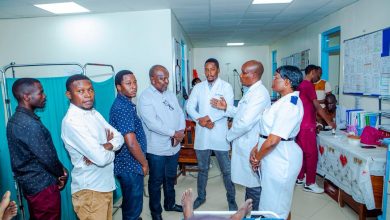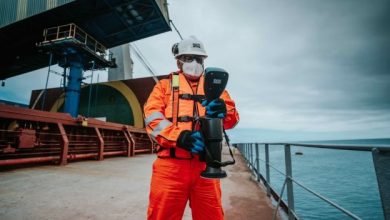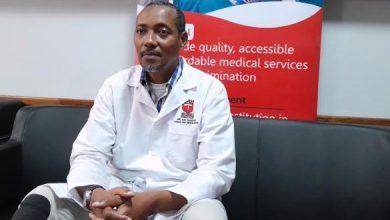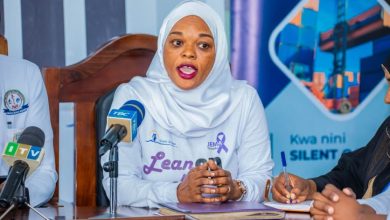Act quickly on wilms tumour signs, parents advised
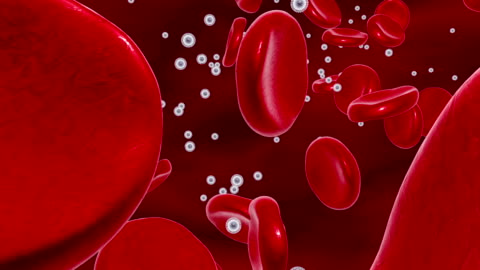
DODOMA: DOCTORS are warning parents to seek immediate medical attention if their children show signs of Wilms tumour, the most common kidney cancer in children and a major contributor to childhood cancer disparities worldwide.
Wilms tumour accounts for over 90 per cent of kidney tumours in children. Named after German surgeon Dr Max Wilms, who first described the disease in the 19th century, it affects approximately 22 per cent of children with kidney tumours in Africa.
According to the World Health Organisation (WHO), around 85 per cent of all renal tumours in children are Wilms tumours. In Tanzania, it ranks as the second most common childhood cancer.
Head of Urology and Paediatric Urologist at Benjamin Mkapa Hospital (BMH), Dr Remigius Rugakingira explained that the cancer often develops before birth and can be detected at birth or before age three.
“Wilms tumor is typically identified in children under five years old. Early treatment can save lives,” he said.
Dr Rugakingira added that the tumour is linked to genetic changes regulating kidney cell growth. While most cases occur spontaneously, some are inherited.
The first symptom usually appears as a painless swelling on one side of the abdomen. If untreated, the tumour can impact the child’s growth. Blood in the urine is another warning sign, potentially indicating kidney or bladder issues.
ALSO READ: BMH removes avocadosized brain tumour from woman
While survival rates exceed 90 per cent in developed countries, a 2024 study in Northern Tanzania found that only 39.9 per cent of children survive beyond two years. This low survival rate is attributed to delayed hospital visits, limited access to surgery and insufficient radiotherapy.
Treatment typically begins with chemotherapy, followed by surgical removal of the affected kidney and sometimes radiotherapy, Dr. Rugakingira explained.
He noted that Wilms tumour is most prevalent in northern Tanzania, particularly among Maasai communities, as well as in Dodoma and the Lake Zone.
The WHO Global Initiative for Childhood Cancer aims to increase childhood cancer survival to at least 60 per cent by 2030 in low- and middle-income countries (LMICs). This goal depends heavily on improving outcomes for cancers like Wilms tumour.
Efforts focus on better diagnosis, stronger treatment protocols and wider access to surgery and radiotherapy.
“Timely treatment here at BMH allows children to recover fully and live normal lives,” said Dr Rugakingira.


